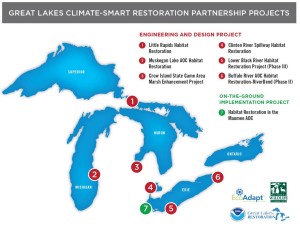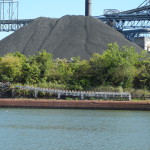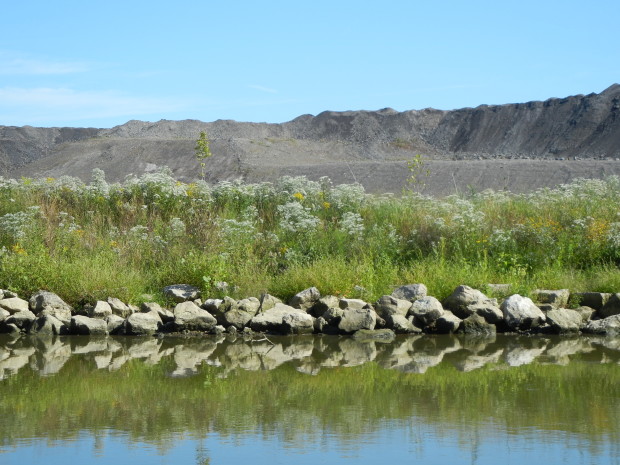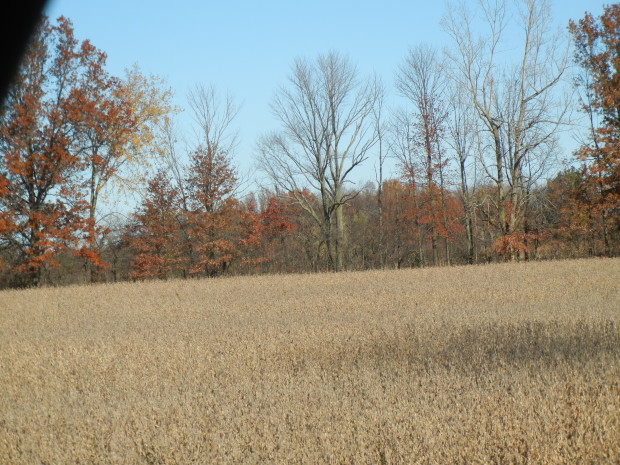We have much more to do and your continued support is needed now more than ever.
Great Lakers Learn about Climate-Smart Restoration Success
This past week more than 600 representatives from around the Great Lakes joined at the Healing Our Waters – Great Lakes Coalition Restoration Conference as part of the larger Great Lakes Week in Cleveland, Ohio.
My colleagues Doug Inkley, Celia Haven and I had the opportunity to share some climate-smart restoration success stories (both on land and in water), stories that prove that climate-smart restoration can be achieved in a timely, cost-effective and beneficial manner.
What is climate-smart restoration?

Benefits of climate-smart restoration include enhancing the value of restoration investments, increasing project durability over the long term, and protecting the overall health of the Great Lakes from increasing air temperatures, droughts and floods, and other impacts of climate change.
NWF, along with partners EcoAdapt and with the support of the National Oceanic and Atmospheric Administration, created a “how-to” guide for integrating climate change into large restoration projects called Restoring the Great Lakes Coastal Future. The process outlined in this guidance is currently being implemented in seven projects throughout the Great Lakes basin.
At Great Lakes Week we highlighted two of these projects, Lower Black River Habitat Restoration and Habitat Restoration in the Maumee Area of Concern. Both projects are located in the state of Ohio on Lake Erie’s shorelines.
Lower Black River Restoration: Fish, Fish Fish!

This project has many partners—federal, private and non-profit—providing jobs for local residents.
What could climate change possibly have to do with this project? Doug Inkley, Senior Scientist with NWF says:
The area is already experiencing heavier rainfall and more severe drought affecting water levels and stream flows. Our current fish habitat restoration approaches along the river shoreline do not account for large changes, but with a few low-cost modifications, we can increase the chances that the fish populations will endure. Addressing climate change in restoration work can feel overwhelming, but it doesn’t have to be.
This year, low water levels caused planners to heed the call of adjusting what are called fish shelves, protected places for fish to spawn, for different water level scenarios in the future. Climate-smart restoration success in this project has meant designing fish shelves at different grades to provide refuge for fish when the water levels rise or fall.


To learn more about this project read here.
Habitat in Maumee Bay: Trees, Trees, Trees!
I also had the opportunity to discuss successes of climate-smart restoration in the Maumee Bay Area of Concern. This project is restoring almost 600 acres of wetland, forest, rivers and sedge meadow for one of the largest migratory landbird habitats in the country.
As restoration practitioners pick tree species, we need to consider the warming air temperatures that change the ranges within which trees can survive. NWF and partners are assessing the vulnerability trees have to warming air temperatures and changing water levels in order to pick a mix of species best suited to survive 20, 50, 100 years down the road.

To learn more about this project read here.
Thank you to the Healing Our Waters – Great Lakes Coalition for providing a venue to tell our stories. We will have more to tell as these projects progress!
As we continue to restore the Great Lakes and other important habitats around the country, we can help wildlife survive the changing climate through climate-smart restoration efforts. In the meantime, we must also continue to reduce greenhouse gas emissions to fight climate change and reduce future impacts to wildlife.





















